Posted on August 13, 2020
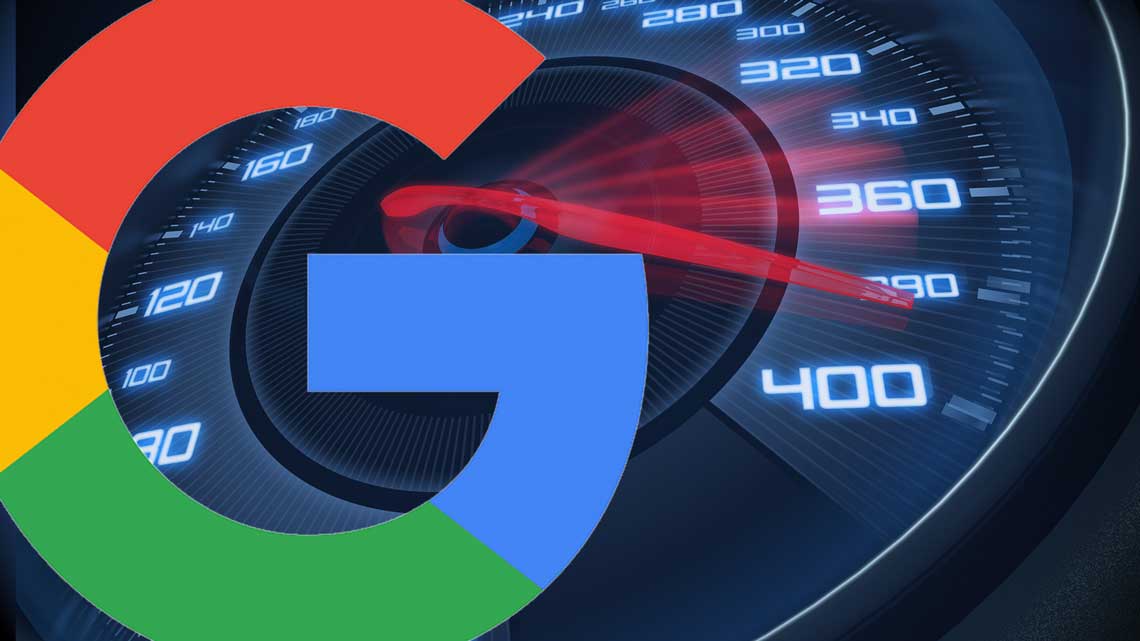
by Adam Justice
category: Web Development,
Most SEOs agree that if you can increase page speed it will have a positive effect on your search rankings. Moreover web developers know that slow load times lead to lost traffic. A recent study showed that 53% of mobile visitors leave if page loading takes more than 3 seconds.
Page speed can’t be your only concern. I have always had 1 or 2 websites that just wouldn’t load quickly even when I trimmed all the fat I could in WordPress. I recently went to work figuring out how to fix this problem once and for all.
Website I Wanted to Increase Page Speed For
One of my companies uses WordPress and Woo Commerce as an Ecommerce platform and I had went through the load data optimizing the website a couple times beforehand.
I even asked a developer that was doing some other work for me to take a look. He said that there was no way to fix the problem of “render blocking resources” without changing the theme or even the entire platform.
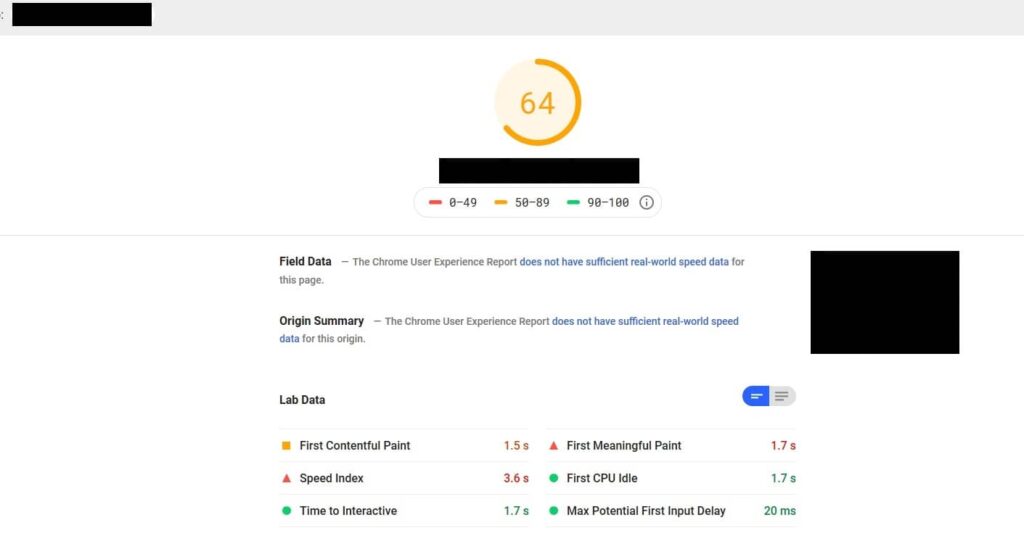
I had already went through my website and compressed all of the images that had not been using Compressor.io. Some image files were decreased by as much as 70% in size.
I had also removed any widgets, plugins and other resources that weren’t critical to the operation of the website. Besides page speed this is important for security reasons.
Here is a screenshot of the remaining data points that were negatively affecting my page speed score from Google. If I was going to increase page speed I was going to need more drastic changes.
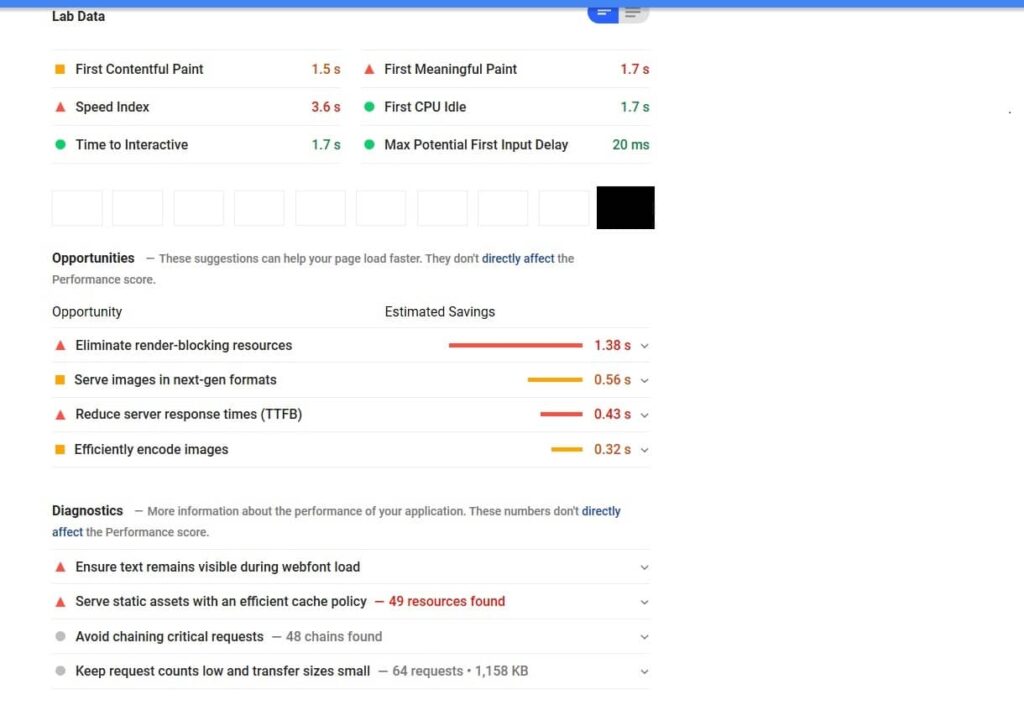
Some of the biggest problems had to do with server response time and the time it took to paint the website. Other problems related to caching posed an even bigger problem because caching plugins had caused major problems with my Ecommerce system in the past.
I already had an idea how to address caching and server load times, but I had never really looked deeper into render blocking resources.
Fixing Page Speed Load Times
Eliminate Render-Blocking Resources
The biggest opportunity to increase page speed provided by the Google analysis was to eliminate render blocking-resources. Many people had said it wasn’t possible with WordPress themes that were not designed from the ground up to address page speed.
I tested several plugins and eventually got the results I was looking for with Asset CleanUp: Page Speed Booster.
Asset CleanUp: Page Speed Booster let me address several of the page speed opportunities at once and completely fixed the problem with render blocking resources. I initially sped through the app turning on each feature that I knew wouldn’t mess up a feature of my website and then went back through to finely tune it.
My page speed score went from 64 to 90 with this change by itself. The remaining opportunities relied on my host’s ability to deliver the web page faster than other hosts.
Upgrading My Host to Boost Page Speed
Since this website had progressed past its infancy and was now generating some income I decided it was worth moving to a faster host.
After comparing all of the different hosts that were out there I decided to use WP Engine. They fit my needs the best and the cost wasn’t too much higher than what I had been paying.
I found out that WP Engine was easily integrated into Cloud Flare and had some integrated caching mechanisms. I went ahead and signed up for the CDN and migrated my website.
For those of you who don’t know CDN stands for content delivery network. It uses additional resources to deliver your website’s content faster to users no matter where they are.
Migration was free (I usually outsource migration for clients) and it worked perfectly. I only had one problem during setup and WP Engine staff was very quick addressing it.
After setting up Cloud Flare and migrating my website my desktop score had jumped from 90 to 98. I scrolled through the data and found one last opportunity to increase page speed that would be easily addressed.
Pre Connect Fonts
My website was using a Google Font and the way it was being loaded was causing a slight penalty in the page speed score. Luckily the Asset Cleanup plugin has a feature for pre-connecting Google Fonts. I isolated the font I needed, found a link to the file and programmed it into Asset Cleanup.
I ran the page speed test and got to 99.
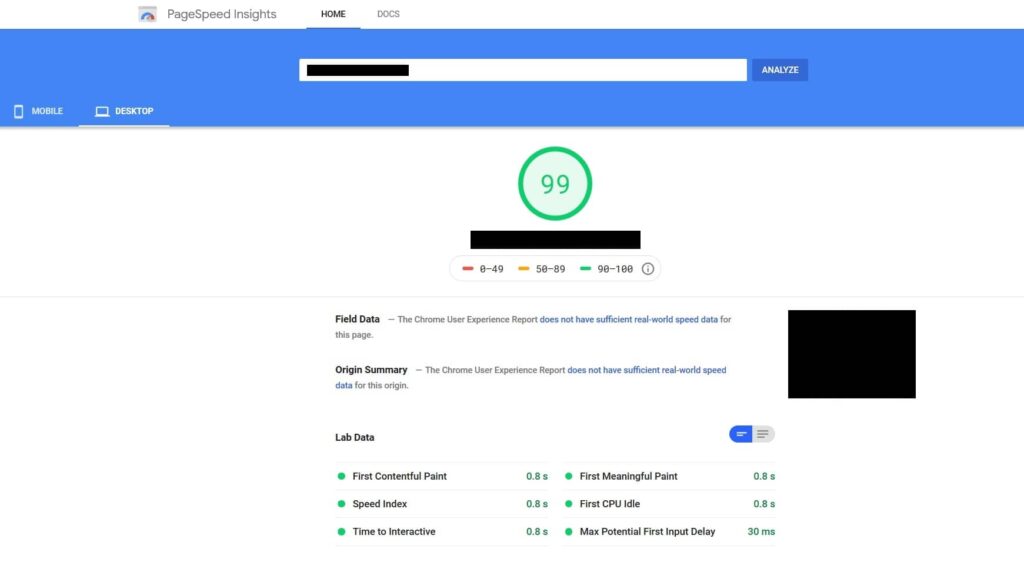
Even though this score is for my homepage the benefits are visible across the entire website. I always make sure to optimize and compress images at the time they’re uploaded, but I often forget to do the same thing when I’m initially designing the website.
Has Increasing Page Speed Helped My Website?
I immediately noticed improvements across a number of metrics I track. The biggest immediate improvement was bounce rate which fell from over 7% to 2.65% for traffic that didn’t come from Ads. To be clear I didn’t isolate paid traffic, I just didn’t run any ads in the time before and after the project.

This website was relatively new but is already generating enough sales to make further investment likely. I prefer to slowly apply off site SEO tactics to avoid penalties, it turns out I hadn’t gotten any new backlinks in the month prior to doing this page speed project and I hadn’t gotten any in the month after.

Since the page is less than a year old there is a chance that domain age has played a part in increased rankings, but the average rank had stalled for a week prior to the project and has steadily climbed since then. I did publish 2 pieces of content in the month after but neither of them rank particularly well yet.
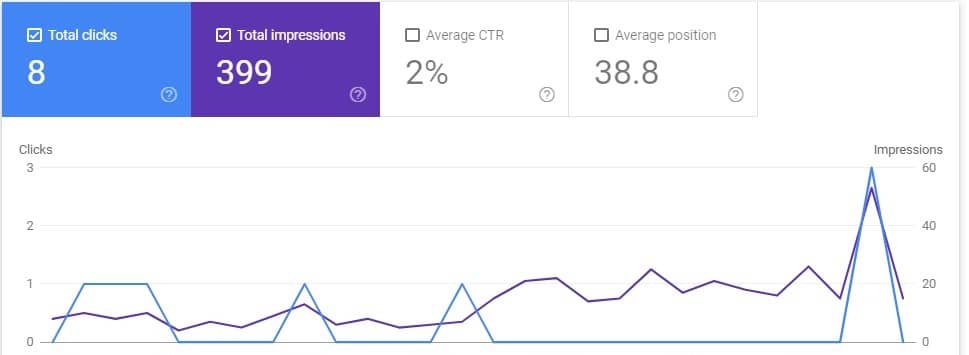
It’s impossible to isolate all the variables that contribute to search engine ranking but once I realized this might be a case study I did my best. These graphs both show 1 month of search performance.
I believe that a 5% drop in bounce rate and a 100% increase in both search impressions and clicks is worth looking into for any business that sales products through their website.
Possible Problems With the Study
First off I’d like to mention that Google now operates on a mobile first model for the most part, but 95% of my customers on this website visit using a computer because it’s B2B. This is why I was specifically interested in getting the desktop page speed up as high as possible. The mobile page speed was worse to begin with and it did not finish over 90 but it was significantly higher than it started.
With many websites using AMP to increase their mobile page speed I assume it is very hard to get comparable page speed on mobile without integrating AMP. It is easy to add to a website but it’s time consuming to get right and maintain as much of your design to meet business goals as possible.
The website is less than a year old and only has a few referring domains. I tried to limit variables as much as possible but this is a working website that generates part of my income so I ran email campaigns and referred possible clients like I usually would. Also the Coronavirus was in full swing at this time so it’s possible it could have played a part in web trends.
The most glaring thing people I have shared this with have asked me is “why would someone that owns a hosting website share with someone that switching hosts improved their website”?
I actually didn’t have this website on Thunderbolt Host, but the host I switched from is very comparable both on price and speed.
I always start my websites on Thunderbolt Host now because it’s economical and a great solution for small businesses. Once a website starts generating enough income though I separate it and upgrade the hosting to something that is more fitting.
I did use a referral link to WP Engine in this article, but I don’t expect to make a lot of money on it – I would love for you to all use Thunderbolt Host for your hosting needs, but I’m not going to lie about its capabilities. Our hosting is comparable to Go Daddy, Host Gator and other economy hosts. I also give our clients some free consulting for signing up with us, up to 4 hours per year. If you are looking for the very best hosting for your project though I’ll be the first to tell you whether Thunderbolt Host is a good fit.
I always suggest small businesses start out with economy hosting to save money and prove the concept before investing a lot. WP Engine’s migration software makes it super easy to switch later, and they don’t host domains anyway so you would need to point your domain from a host like us. Go to the Thunderbolt Host dashboard if you’d like to buy domains or sign up for economy hosting. Read my post about how to set up a website quickly and cheaply to understand the best products and strategy so you do it right the first time.
If this tutorial has helped you please let us know my leaving a positive Google Review!!
- September 2020 Crypto Hot Pick BiDao Chain - August 31, 2020
- Business & Financial Success Strategy for Millennials - August 17, 2020
- How I Dramatically Increase Page Speed - August 13, 2020